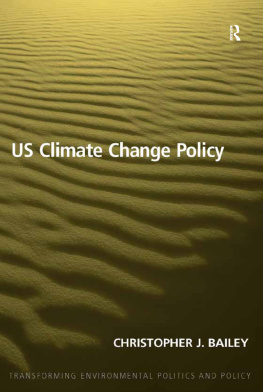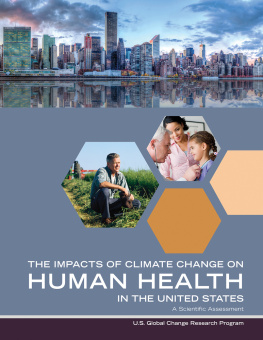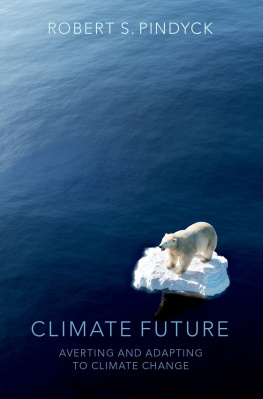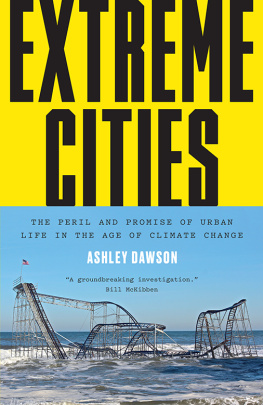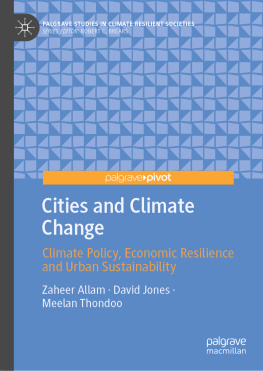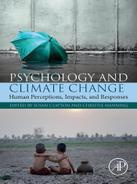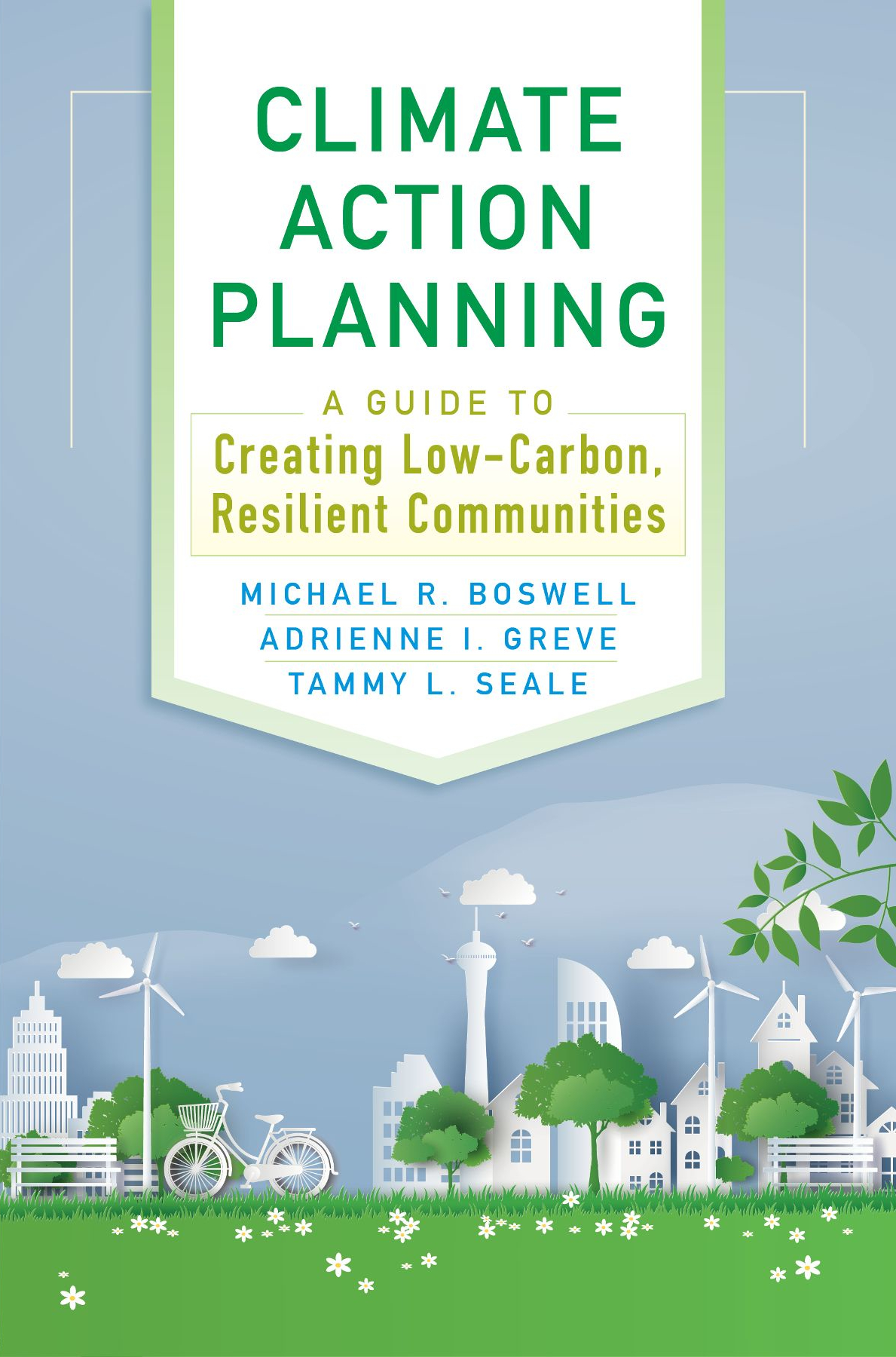
About Island Press
Since 1984, the nonprofit organization Island Press has been stimulating, shaping, and communicating ideas that are essential for solving environmental problems worldwide. With more than 1,000 titles in print and some 30 new releases each year, we are the nations leading publisher on environmental issues. We identify innovative thinkers and emerging trends in the environmental field. We work with world-renowned experts and authors to develop cross-disciplinary solutions to environmental challenges.
Island Press designs and executes educational campaigns in conjunction with our authors to communicate their critical messages in print, in person, and online using the latest technologies, innovative programs, and the media. Our goal is to reach targeted audiencesscientists, policymakers, environmental advocates, urban planners, the media, and concerned citizenswith information that can be used to create the framework for long-term ecological health and human well-being.
Island Press gratefully acknowledges major support from The Bobolink Foundation, Caldera Foundation, The Curtis and Edith Munson Foundation, The Forrest C. and Frances H. Lattner Foundation, The JPB Foundation, The Kresge Foundation, The Summit Charitable Foundation, Inc., and many other generous organizations and individuals.
Generous support for the publication of this book was provided by Margot and John Ernst.
The opinions expressed in this book are those of the author(s) and do not necessarily reflect the views of our supporters.

Island Press mission is to provide the best ideas and information to those seeking to understand and protect the environment and create solutions to its complex problems. Click here to get our newsletter for the latest news on authors, events, and free book giveaways.
Climate Action Planning
Climate Action Planning
A Guide to Creating Low-Carbon, Resilient Communities
Michael R. Boswell, Adrienne I. Greve, and Tammy L. Seale
With contributions by Eli Krispi
Images by Dina Perkins

Washington | Covelo | London
2019, Michael R. Boswell, Adrienne I. Greve, and Tammy L. Seale
All rights reserved under International and Pan-American Copyright Conventions. No part of this book may be reproduced in any form or by any means without permission in writing from the publisher: Island Press, Suite 650, 2000 M Street, NW, Washington, DC 20036
Island Press is a trademark of the Center for Resource Economics.
ISBN: 978-1-61091-964-7 (e-book)
Library of Congress Control Number: 2019933787
Keywords: Chief resilience officer, climate action team, climate adaptation, climate science, climate vulnerability assessment, emissions inventory, energy efficiency, global warming, greenhouse gas emissions, local government, Paris Climate Accord, public participation, reduction strategy, resilience strategy
Contents
In response to increasing evidence that climate change is occurring and has the potential to negatively impact human civilization, communities are engaging in climate action planning. Climate action planning is an opportunity for communities to shape their future in the face of global change, protect against climate hazards, achieve energy security, sustainably develop their economies, and ensure a high quality of life. Communities can seize this opportunity by building on existing planning and partnerships, being creative and innovative, and committing to working together for a better tomorrow for themselves and the next generations. If the world is to end the climate crisis, we will need international and national commitments and actions, but we will also need to create low-carbon, resilient communities.
This book describes the process and methods for local climate action planning. It is intended to be a practical guide, helping readers navigate the principal actions and critical considerations for managing a climate action planning process in their communities. We believe that the best climate action planning is based on sound science, public education and outreach, recognition of the global context and external constraints, awareness of the interdependent nature of local policy, and integration with existing planning policies and programs. We base this on our professional experience of working on dozens of climate action plans and greenhouse gas emissions inventories in California, our academic experience researching and publishing on the state of climate action planning practice nationwide, and our international climate action work with UN-Habitat and the World Bank. As of this writing, there is no book that addresses climate action planning as a specific area of professional practice. Our hope is to contribute to the robust development of this professional field.
The book is aimed primarily at those who have been tasked with climate action planning, whether they are local government staff members, consultants, or community volunteers. Professionals who should find the book useful include city/urban planners, regional planners, land use planners, environmental planners/managers, natural resource and conservation managers, transportation planners, city administrators, city attorneys, city engineers, emergency managers, hazard mitigation planners and managers, public works and transportation managers, architects, landscape architects, building officials, sustainability coordinators/managers, and climate action managers. In addition, the book is accessible to students in these fields and can serve as an introductory text to the field of climate action planning. The book should also be useful to anyone involved or interested in the climate action planning process, such as elected officials, environmental and planning nonprofits, advocacy groups, and members of the public.
In this second editionthe original edition was titled Local Climate Action Planningwe have updated scientific information on the understanding of climate change and its impacts; updated cases and examples; substantially revised chapter 4 on greenhouse gas emissions accounting to be consistent with standard protocols; added a chapter on climate change vulnerability assessment; updated chapters on low-carbon, resilient community strategies; and generally updated the book to document current best practice.
We extend our sincere thanks to all those who supported us in this effort to update the original book: Heather Boyer (our editor) and the rest of the staff at Island Press; Christine Theodoropoulos, dean of the College of Architecture and Environmental Design at California Polytechnic State University in San Luis Obispo (Cal Poly) for her encouragement and support; all our colleagues in the City and Regional Planning Department at Cal Poly for help in editing chapters and their general cheerleading; our circle of friends and colleagues pursuing climate action both professionally and personally, who have been a wonderful, supportive network that always inspires and teaches; Dina Perkins for her beautiful chapter pictures and support; and our colleague Eli Krispi, who made substantial contributions to chapter 4.
Climate Action Planning

Next page

